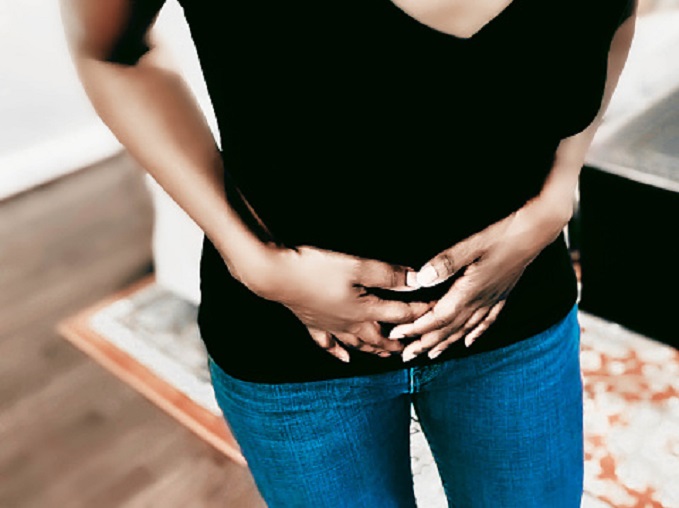Uterine Fibroids, also known as leiomyoma, are growths made up of the muscle and connective tissue from the wall of the uterus.
According to Women’s Health, uterine fibroids are commonly found in 20% to 80% women in their 40s and early 50s. Not all women with fibroids have symptoms.
It mostly affects black women as compared to white women. Sometimes, many women who have uterine fibroids have no idea they have them in their uterus until they start to give them problems or are seen accidentally during a scan.
The actual cause of uterine fibroids is not known but one may develop some theories about the cause of it There are so many things that put a woman at risk of having uterine fibroids. They may be Genetics and Family history ( that is if a close member of the family has it).
Uterine fibroids are not cancer and they do not also occur as a result of blood clots gathered in the womb. They may look like clots of blood but they do not occur as a result of accumulated clots of blood. They are usually abnormal growth of the cells of the womb or uterus.
Thus, a single uterus can have so many fibroids growing within it and can grow very huge to some extent. The female hormone estrogen feeds them as far as the woman is still fertile.
Just like every other disease, fibroids also affect women and if nothing is done to them, the woman can die. Fibroids can cause excessive bleeding during menstruation. Where excessive bleeding means, she uses more than five pads a day or she uses pampers instead of the pad.
They can also cause severe abdominal pain during the menses. Fibroids can also cause infertility depending on the position of the fibroids. The woman might find it difficult to get pregnant and may have repeated miscarriages because the fibroids can block the passage of the baby.
The only treatment for uterine fibroids is mainly surgical. If the woman is young and has not completed her family, the gynaecologist will take out just the fibroid (myomectomy).
However, if she has completed her family, the gynaecologist will take out the whole womb (hysterectomy). This is because the fibroids tend to grow back after the surgery.
The surgery is, however, safe but most women are usually scared to have it so they keep running away from it till the situation gets worse. Women who have uterine fibroids are advised to be evaluated periodically to review symptoms and also monitor the fibroid and uterus size with abdominal and pelvic examinations by the gynaecologist. Women with symptoms can also go for a pelvic ultrasound which will detect any fibroids.
By: Attipoe Akorfa
Ghana Institute of Journalism
attipoeakorfa@gmail.com
